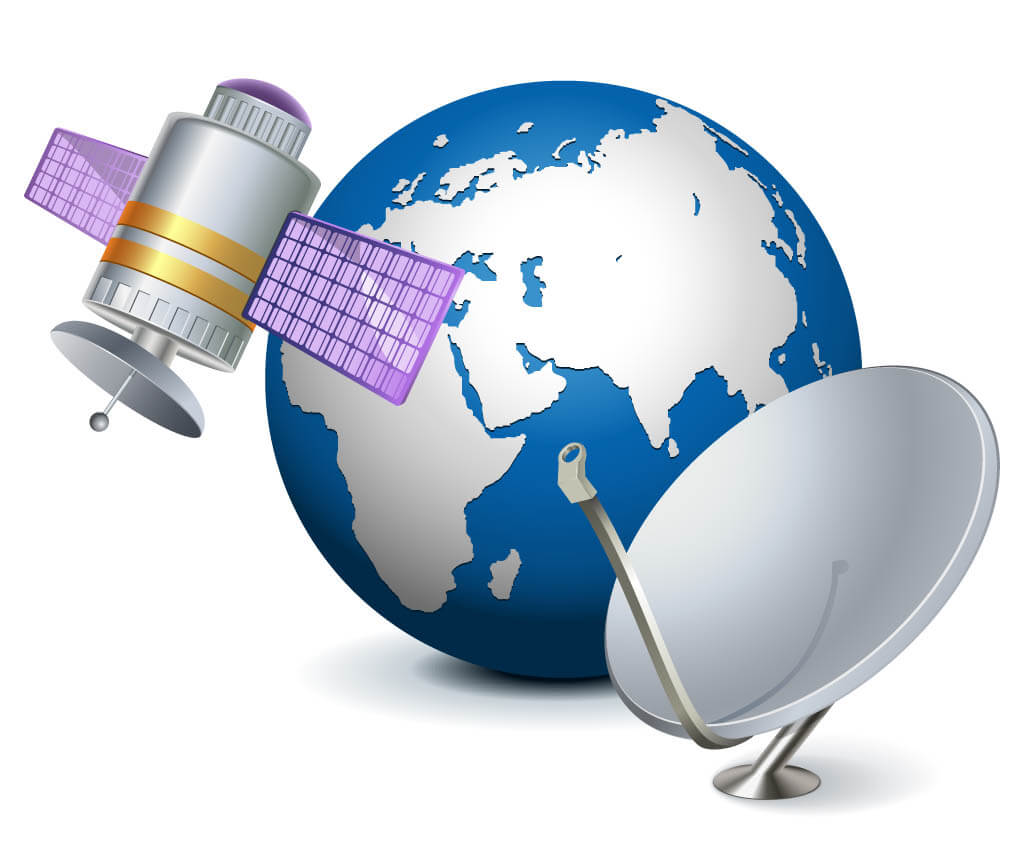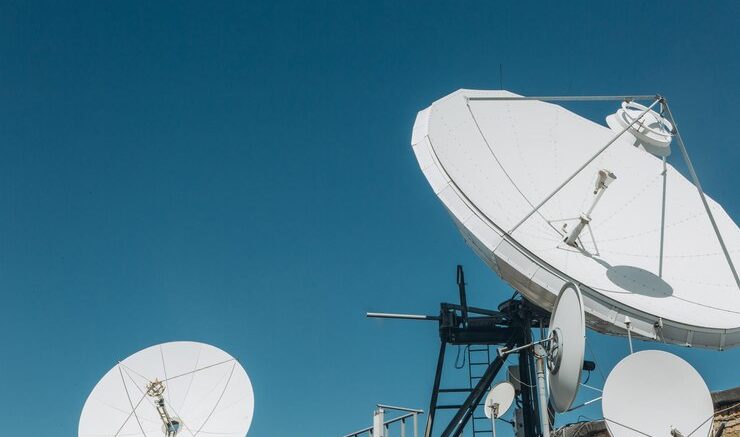Satellites are a common thing nowadays, and a lot of people refer to them as a good means of television broadcasting. Drifting through space thousands miles away from the Earth’s surface, they provide television signals to billions of viewers around the globe.
The world satellite TV appeared on July 12, 1962 when the first live broadcast took place. 60 years have passed but there are always new things to discover about this convenient way of TV broadcasting.
After a certain decrease in revenues experienced in 2015-2019, satellite TV has revived and its popularity went up during the pandemic. People started to watch more content on TV again.
Here are some interesting facts about TVs you may need to know before migrating to satellite or purchasing a new model of a receiver dish.
What Satellite TV Is
Satellite TV is a means for broadcasting television signals to subscribers via a receiver unit in the shape of a dish. Broadcasting companies upload these signals to communication satellites located on a fixed orbit above the Earth. These signals are scrambled by a satellite to protect them from unauthorized downloading. That is why, if you want to get the satellite TV service, you need a dish and a descrambler. You will have to pay a subscription fee for this.
The tuning information is transferred from the dish to your television via a cable in the same way it is transmitted by earth-located cable television.
Background Problems Associated with Satellite Television
Most problems related to satellite TV are connected with the use of outdated television broadcasting methods.
Initially, television stations could broadcast signals in two radio-wave bands – very high frequency (VHF) and ultra-high frequency (UHF). The results depended on the signal strength, the characteristics of the terrain between the station and your TV set, and weather conditions. Aerial antennas on the roofs could receive a lot of these radio-wave transmissions.
Cable TV systems appeared and they can provide a better signal but you need a lot of insulated wires and subscription services.
Satellite TV offers strong digital signals, and it is almost wireless. However, earlier systems require huge dish receivers to focus these distant signals onto your antenna. Because of a variety of TV channels broadcast via different satellites, it was impossible to uniform their use, and illegal electronic descramblers appeared. The companies had to impose stiff penalties for using these unauthorized descramblers, so the legitimate satellite TV services provided with the fee-paying subscription came to being.
Modern satellite TV systems made the process much easier, though the mentioned facts about the first TV broadcast by satellites still affect the process. There is a single communication satellite moving in a steady orbit above the Earth. It allows subscribers to install a smaller dish receiver. It can be set up at a fixed point with a proper receiving angle.
Scanning different satellites for receiving broadcasts from different channels was replaced by the use of one licensed satellite TV provider for most channels. Tuner descramblers allow for sending out signals on a certain frequency. Satellite TV providers now can offer pay-per-view movie rentals and block some adult-only or premium movie channels.
Use of Satellite TV
The satellite TV channels are very popular in rural areas where there is no good broadcast reception or cable TV service. Only homeowners but not renters can purchase a receiving dish.
Satellite dishes need a clear line of sight. That is why a grove of trees or mountainous relief can become a serious obstacle to the signal. Heavy rains or snowfall can also block the signal. Of course, atmospheric conditions influence transmitting signals between a space-based satellite and earth-bound receiver, but other types of TV services can also have the similar problems.
10 Interesting Facts About Satellite TV You Would Like to Know

Here, we have compiled the most interesting satellite facts related to TV broadcasting, and knowing them can probably help you make your choice of the best TV means for your conditions.
- Nowadays, more than 2,550 communication satellites are located in a geostationary orbit around the Equator at approximately 35,000 km above the Earth’s surface. This is known as the Clarke Belt and it got its name from Arthur Clarke, a prominent scientist and author of science fiction.
- All data travels from a satellite to your screen within about 0.6 seconds.
- Satellite dishes that are larger in size are still more effective because they can concentrate energy more thoroughly and reliably which is especially important in bad weather. You will experience less dropouts of signals when your dish is larger.
- You can adjust your dish receiver to get signals from numerous satellites aligning their parameters.
- The dramatic influence of rain or snow on the quality of the signal accounts for the fact that the high-frequency radio waves (3,000 MHz) can be easily absorbed by water. That is whyland-based TV is less vulnerable to bad weather because it works on far lower frequencies (up to about 700 MHz). These frequencies are not absorbed by the moisture so intensively.
- To use satellite TV, you need a clear sky for better signals and some equipment, such as a receiver dish and descrambler to keep the signal protected against any intrusions. The connection between the dish and satellite should be unobstructed. That is why the distance to the obstruction (such as a tree) must be twice its height.
- You may need permission to set up a satellite dish if you live in a block of apartments or a housing association. Cooperative societies usually require a special permit for this. Moreover, if you are an owner of a photo studio or retail business and need a receiver for your job, you will have to observe some specific regulations. Therefore, you should check the regulations in your area before installing satellite TV.
- It is believed that a receiver dish can best receive a TV signal from one satellite by default. However, there are a lot of satellites in space. So many people wonder whether they can use more than one satellite for the same dish. In fact, they can. There are satellite dishes which are developed to get more than one position of satellites. Such a dish has the technical characteristics to get signals from both west and east satellites, so you need to check them before buying. Such a device also has a satellite control. You can use it when the distance between the two satellites you want to use is large.
- You can install your satellite TV for more than one TV sets in your home. However, you will need additional equipment for this – extra cable drawing and separate LNB heads on the dish. The latter stands for a low-noise block downconverter. If you just want to watch different channels, you need a separate receiver for each TV.
- If you do not have access to cable TV but you would like to have more channels, satellite TV is the best option.
Remember that the technical characteristics of satellite TV are always updated, so you need to learn more new facts about them if you want the most reliable TV you can acquire.
Conclusion
A lot of changes happened within 60 years of communication satellite use. That is why we can oversee the further changes and the future of satellite TV. It is likely to intersect or compete with such Internet-based technologies, as video streaming. Or it will find its own way of development.
Anyway, it has brought us many conveniences, and further advancements are sure to come into being. In some decades, we will see completely different satellite technologies and more cutting-edge antennas for them.
The only matter of concern is what to do about the space garbage produced by outdated satellites which will not be functional at that time.




